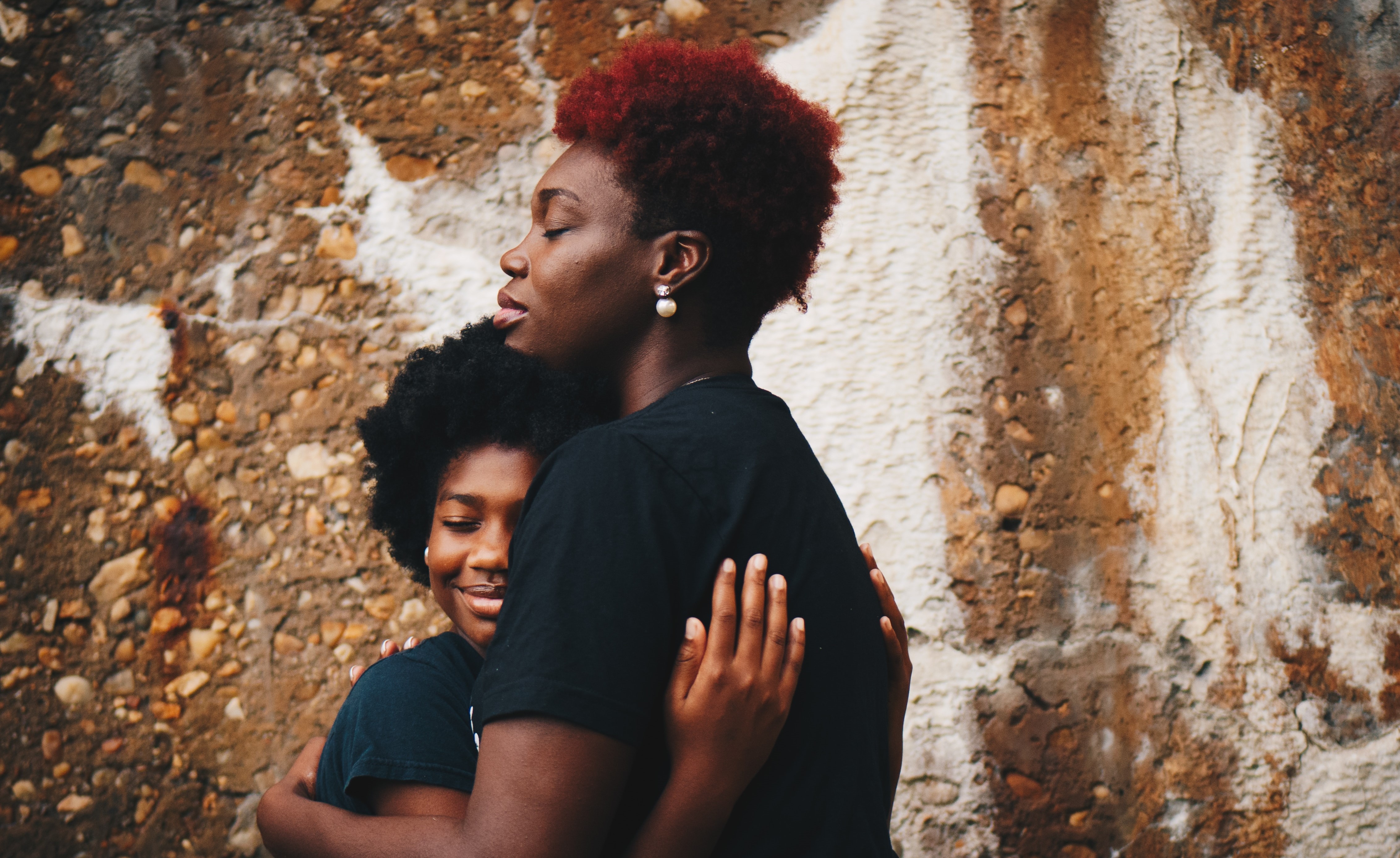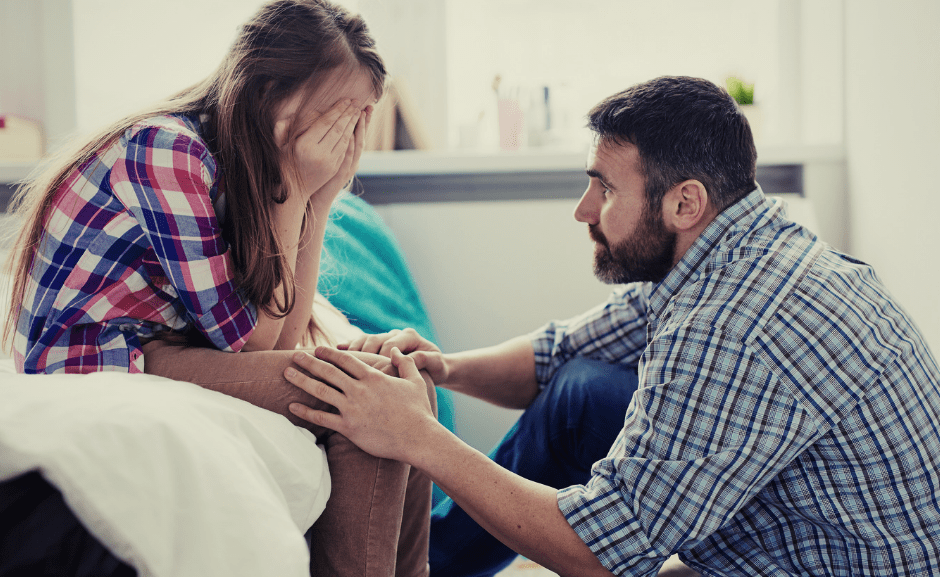You’re in a field.
Suddenly, a venomous green snake sinks his fangs into your ankle. You rush to the hospital and after an excruciating procedure, you are released. The next week, you walk across your lawn and see a winding, green snake in the grass.
You scream as you dash through the door. A wave of heat courses across your body and your heart pounds against your collarbone as you gasp for air.
You peek out the window and notice that the snake didn’t move. Squinting your eyes for a closer look, you realize it was a garden hose.
This is trauma.
The fear is real, but the hose isn’t dangerous. A trafficking survivor responds the same way when confronted with reminders of their horrific exploitation.
Their trauma doesn’t end when they escape. Their minds continue to process the world through the lens of their exploitation. They must be guided through their healing journey and parents play a crucial role in their recovery. Yet most of us as parents have little understanding of trafficking, much less the best way to help our exploited children.
That’s why we created a weekly support group for parents of trafficked children. In this group, parents not only glean strength from others who share similar experiences, but they learn how to rebuild after trafficking. There are 3 key points we share with parents of trafficked children.

1. put on your oxygen mask first
Hearing the horrifying stories of their child’s experience is enough to cause nightmares, increased blood pressure, inability to concentrate, and irritability. If a parent is drowning in their own pain, they will not be able to guide their child through theirs.
In group, we relate self-care to flying in a plane. Before take-off, flight attendants instruct safety procedures for emergencies, directing parents to “put on your oxygen mask before helping your child.” Why? Because if the parent loses oxygen, they can’t help their child breathe. It’s the same for parents with a child recovering from trafficking. We teach parents how to care for themselves while supporting their child’s healing.

2. learn your and your child’s triggers
Think back to the snake story – that garden hose was a trigger. It reminded you of your traumatic snake experience, so your brain told you to run to safety.
We teach parents how to anticipate triggers and prepare for their child’s reactions. People become aggressive, run away, or don’t move at all: fight, flight, freeze.
Lack of control, hotels, or being yelled at could trigger the child to argue harshly, run away, or become completely silent.
A parent, possibly triggered by their child leaving the house with a backpack on or using social media, might yell, walk away, or avoid their child.
Once the parent learns to recognize triggers, they learn healthy coping skills.

3. balance between strict and loose rules
Learning to respond to triggers is no easy task. Do you give your child the freedom to react naturally? Or do you set strict rules to keep your child safe?
The answer is balance. If parents’ rules are too strict, the child may feel over-controlled and lash out by running away. If parents’ rules are too loose, the child may make dangerous decisions.
We help parents identify where they naturally lean on the spectrum of strict to loose parenting. From there, we give them ideas and tools to create a balanced approach. Parents learn that clear rules are critical, but so are the willingness to listen and negotiate.
This balance gives the child a safe environment while teaching responsible freedom.
Recovering from trafficking is a long and difficult journey.
Currently, there are few resources available for parents of trafficked children. Our trauma-informed support group provides evidence-based trauma therapy to help parents and children find freedom.







